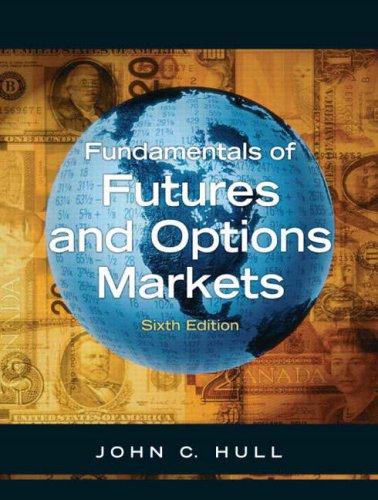Answered step by step
Verified Expert Solution
Question
1 Approved Answer
Foundations of Financial Management 15th Edition Chapter 11 1cp. I need the question done today please /www.chegg.com/home Chapter 11, Problem ICP Hookrwk Show all steps
Foundations of Financial Management 15th Edition
Chapter 11 1cp.
I need the question done today please

Step by Step Solution
There are 3 Steps involved in it
Step: 1

Get Instant Access to Expert-Tailored Solutions
See step-by-step solutions with expert insights and AI powered tools for academic success
Step: 2

Step: 3

Ace Your Homework with AI
Get the answers you need in no time with our AI-driven, step-by-step assistance
Get Started


